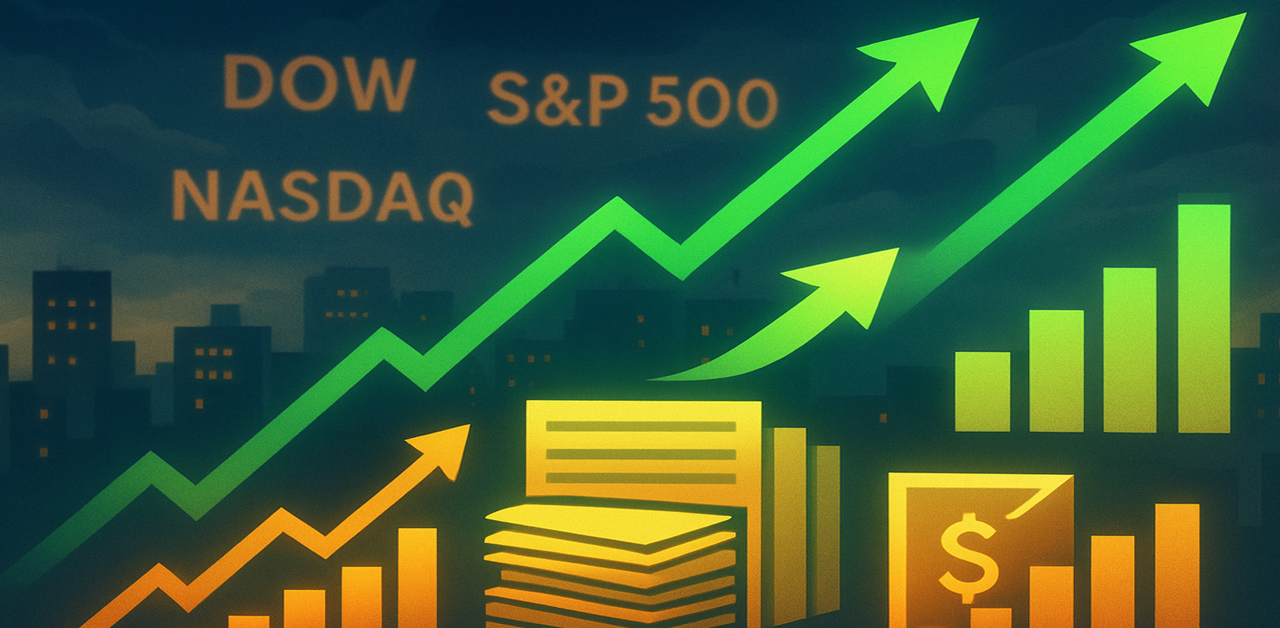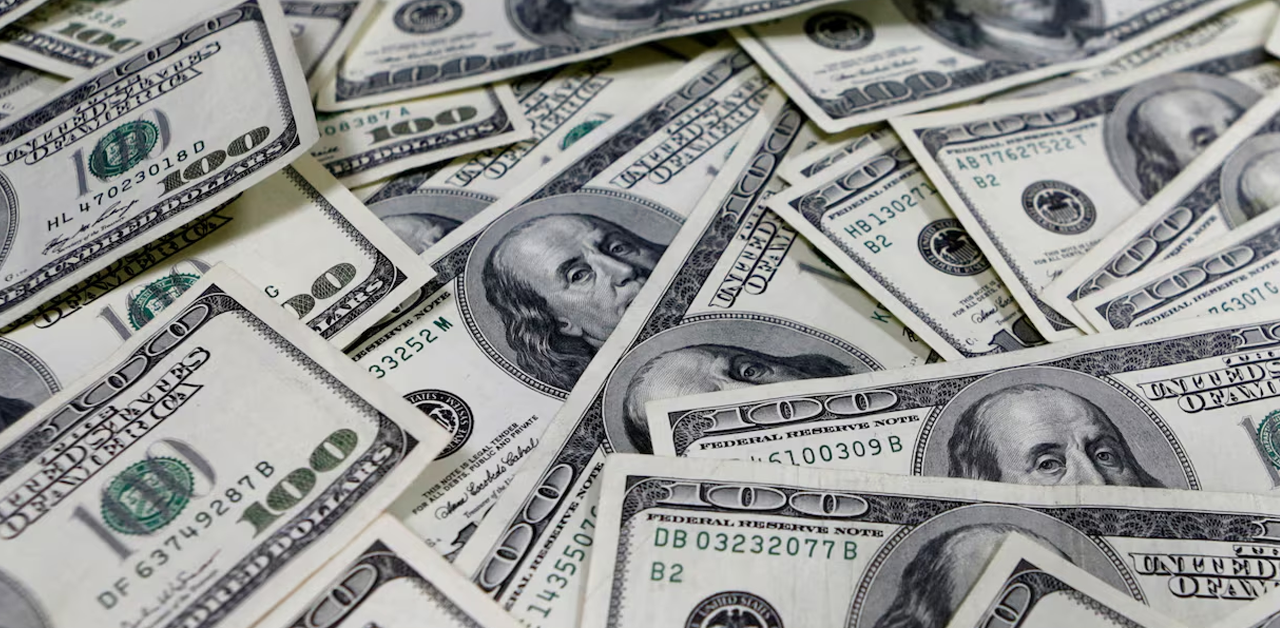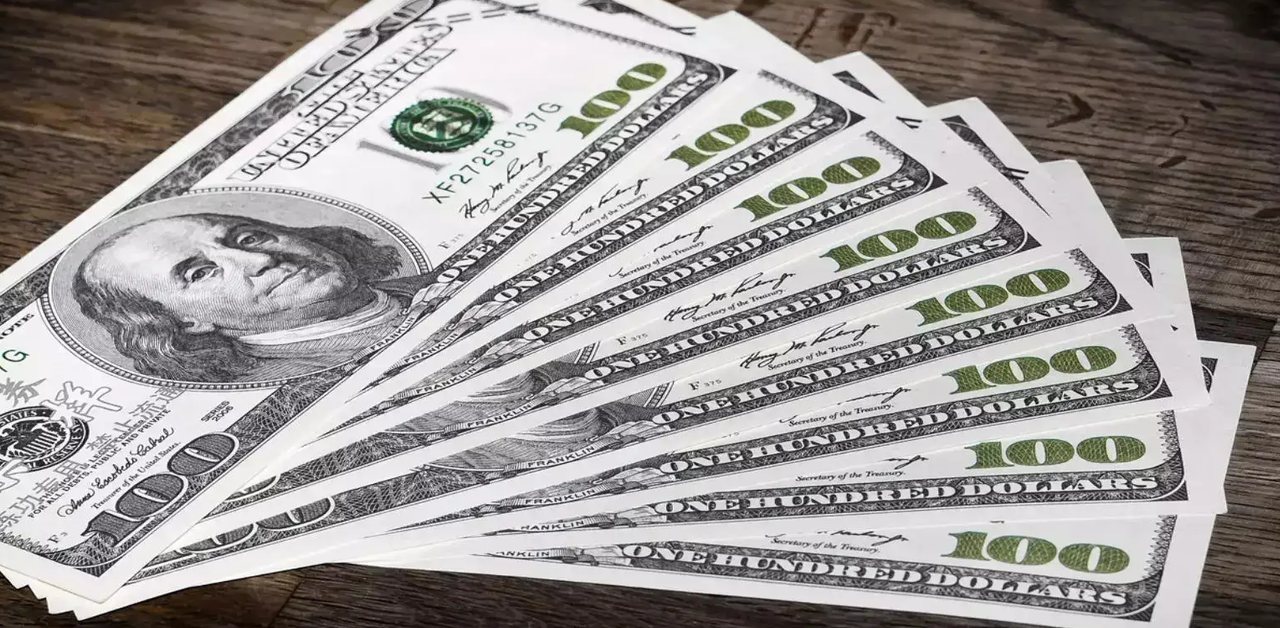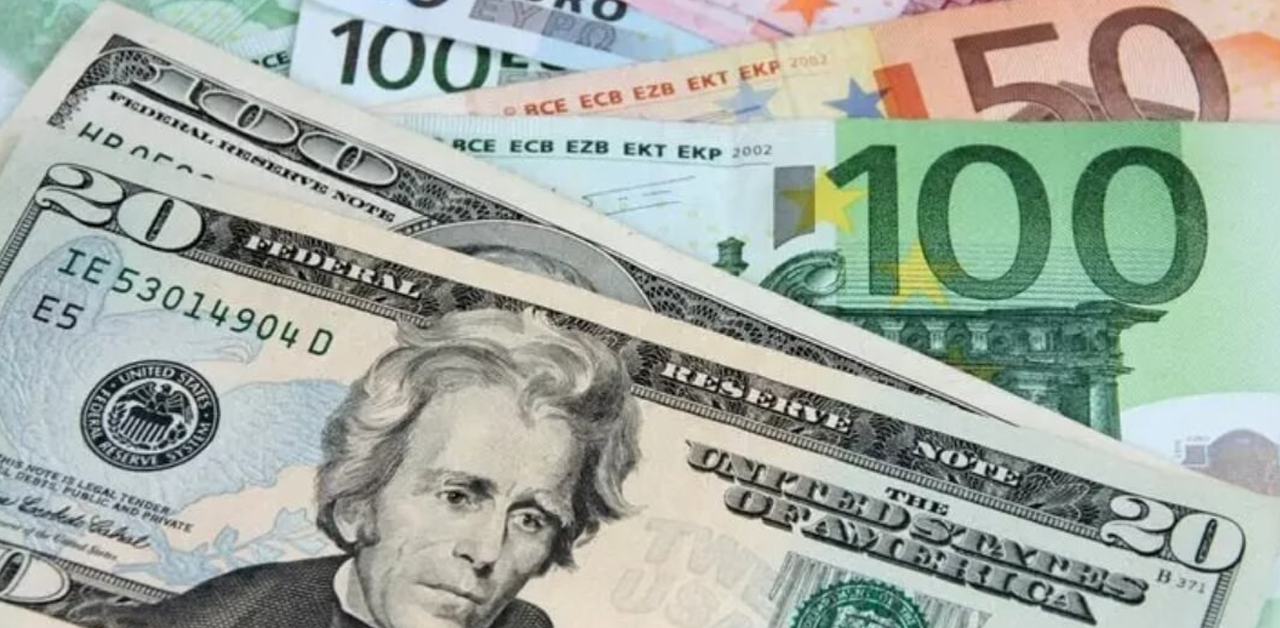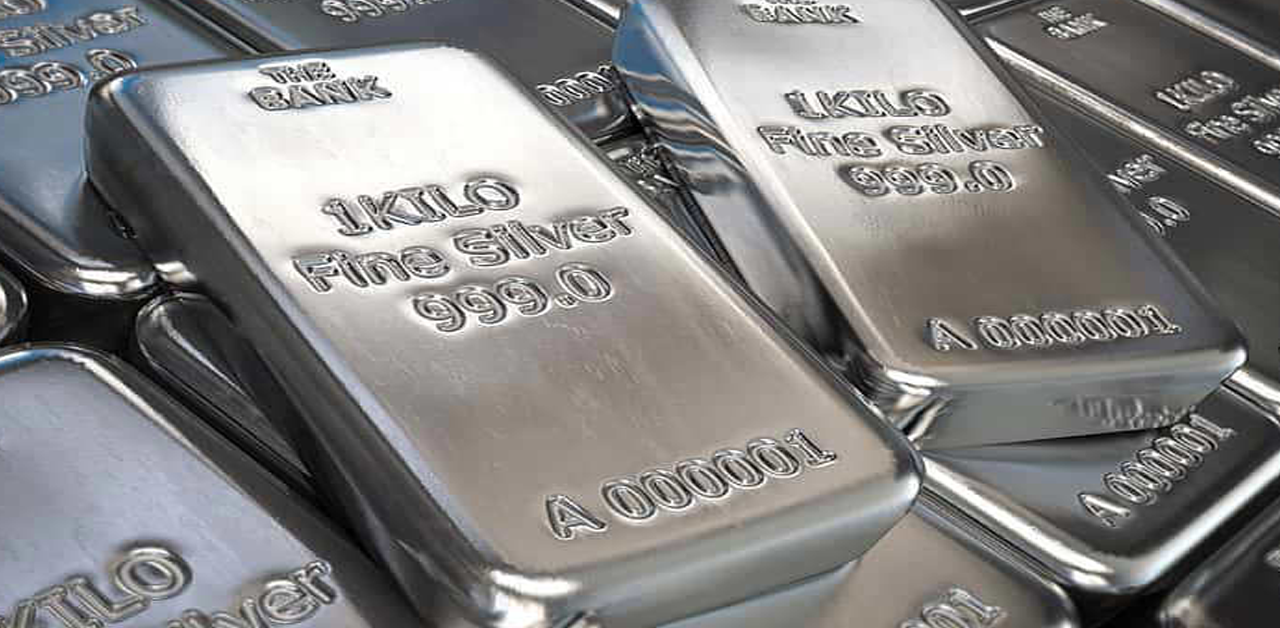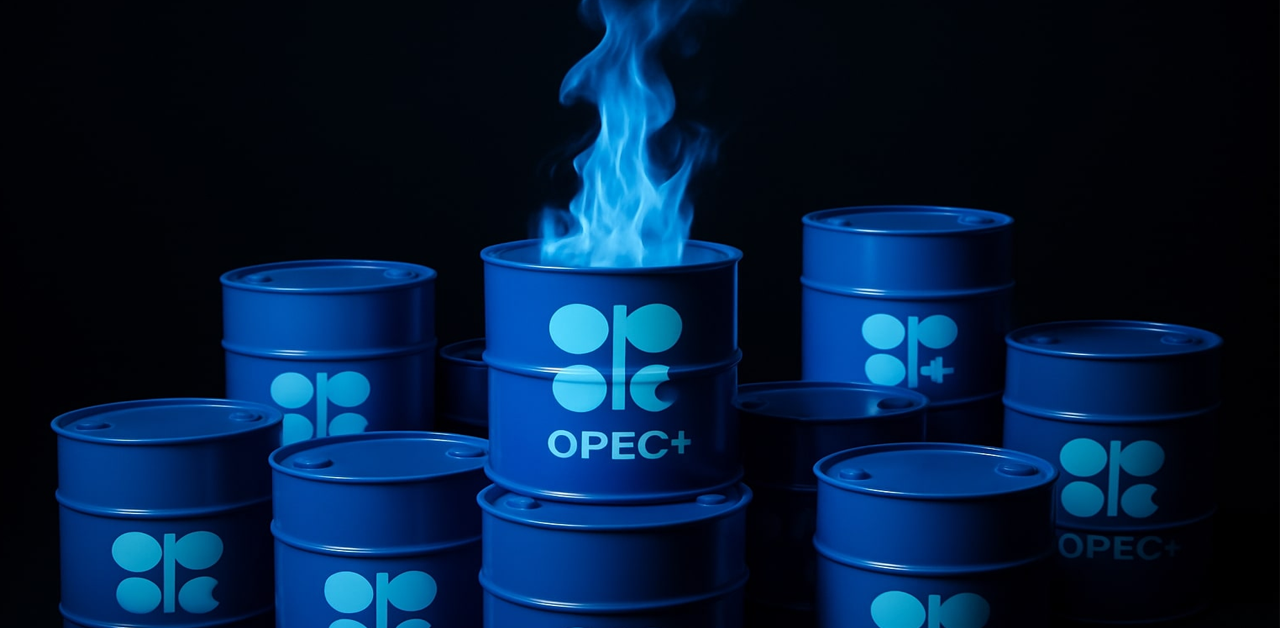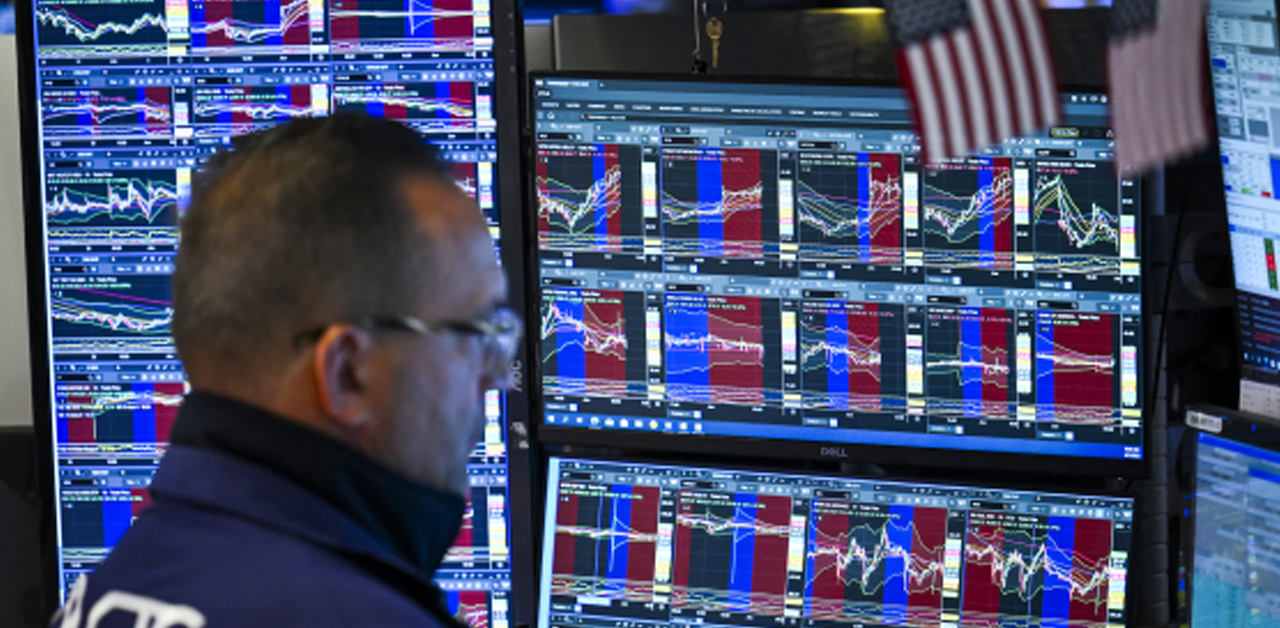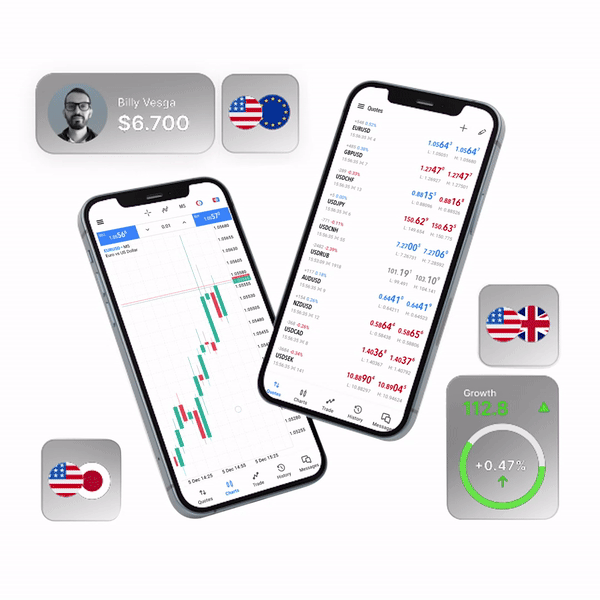AUD/USD – Australian Dollar US Dollar
The Australian dollar is in negative territory, after posting huge gains last week. In the European session, AUD/USD was trading at 0.6690, down 0.22%. US Dollar took a nasty spill last week, and the Australian dollar made the most of it, gaining 3.6%. The US dollar was slammed after a soft inflation report, with headline and core inflation slowing in October and beating the forecasts. This lit up risk appetite and sent the Australian dollar to its highest level since September 22nd.
The soft inflation report had such a strong effect on the greenback because it has raised expectations that the Fed will ease up on its rate tightening. After four consecutive hikes of 0.75%, the markets have now priced in a 0.50% increase at the December meeting. That would still represent an oversize hike, but investors have been looking for a reason to rush into stocks and the drop in inflation provided that excuse. It’s still too early to tell if inflation has peaked, but the Fed has tweaked its terminology, with Fed members now describing rate policy with words like “gradual” and “measured”. The Fed hasn’t sent out any signals that it is planning a dovish pivot.
On the other hand, the Fed has stated clearly that the terminal rate could be higher that it had expected, but the markets appear to be ignoring this message and expectations are rising that the Fed will lower rates in the second half of 2023.
In Australia, inflation is also the number one priority. The Reserve Bank of Australia has raised its inflation forecast, with a peak expected at 8% next month and has said inflation will not decline to the 2% target until 2025. The RBA is likely to raise rates by 0.25% for a third straight time at the December meeting. RBA Deputy Governor Michele Bullock said last week that the RBA could have raised rates more sharply to bring inflation down faster, but that a scorched earth policy would have meant the loss of strong job gains.


